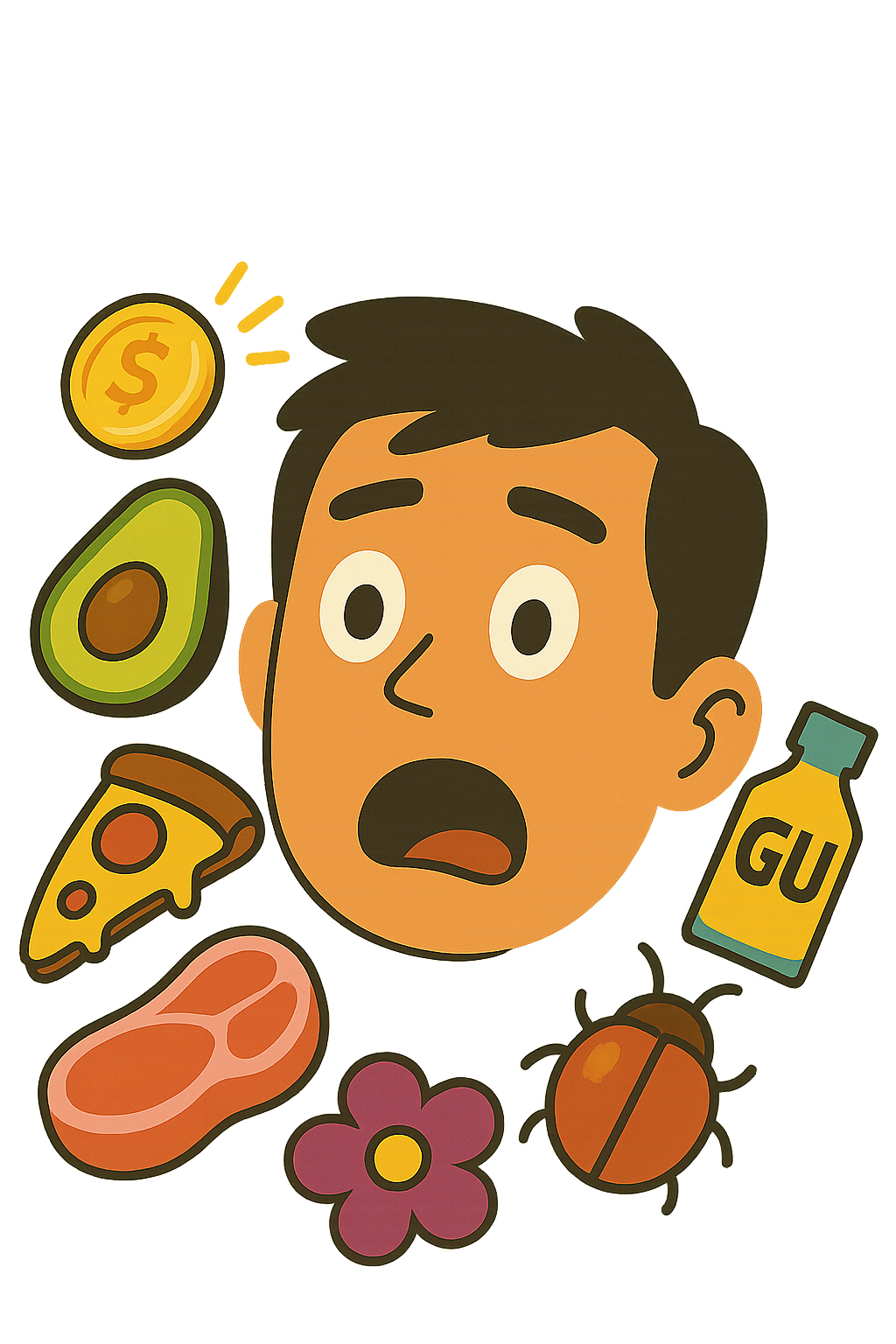Can I eat unripe ackee fruit?
Quick Answer
No
Eating unripe ackee fruit can lead to ‘Jamaican vomiting sickness’, which can be fatal. The unripe fruit contains high levels of hypoglycin A and B, toxins that can cause severe vomiting, coma, and even death.

What Is It?
Ackee is a tropical fruit native to West Africa and is the national fruit of Jamaica. The fruit turns from green to a bright red to yellow-orange, and splits open to reveal three large, shiny black seeds, surrounded by soft, creamy or spongy, white to yellow flesh.
Historical Context
Ackee was brought from West Africa to Jamaica during the 18th century. It is a major part of various Caribbean cuisines, especially in Jamaica where it is cooked with saltfish (salted cod) to make the country’s national dish.
How to Tell
Unripe ackee fruit is green and closed. As it ripens, it turns yellow-red and splits open, revealing the edible flesh.
Why It Can Be Risky
Eating unripe ackee fruit poses serious health risks.
- Jamaican vomiting sickness: This can cause severe vomiting, dehydration, seizures, coma, and can be fatal.
- Hypoglycemia: The toxins in unripe ackee can cause a sudden drop in blood sugar, leading to dizziness, confusion, and loss of consciousness.
Safe Method?
Only eat ackee fruit that has ripened and naturally opened on the tree. The edible part is the yellow arilli, which should be properly cleaned and cooked before consumption.
Safe Alternatives
If ackee is not available or if it’s unripe, you can substitute it with canned ackee, lychees, or scrambled eggs in recipes.
Storage Tips
Ripe ackee can be stored in the refrigerator for a few days. Make sure to remove the seeds and the red membrane before storing.
Preparation Tips
Before cooking, ensure to remove the black seeds and the red or pink parts. These are toxic even when ripe.